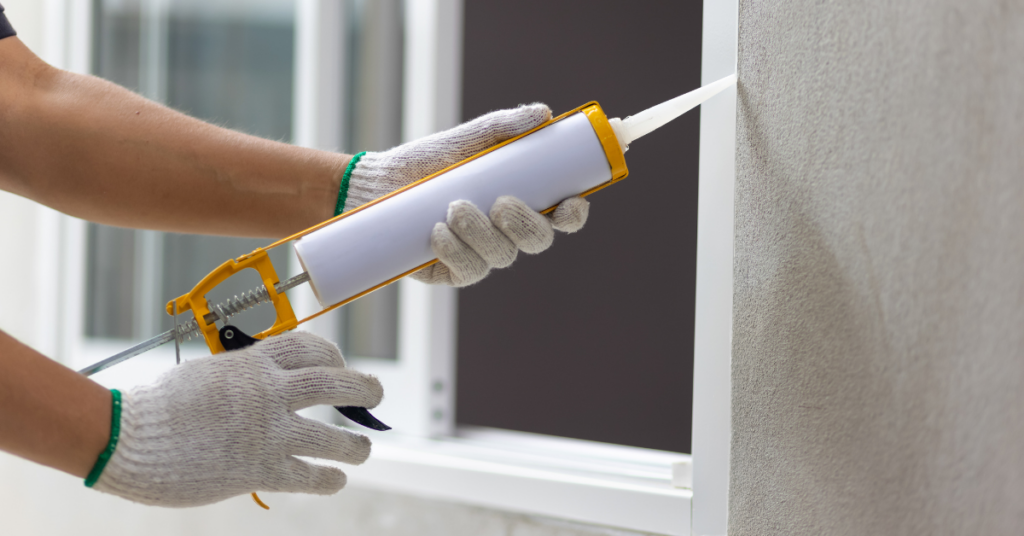The Best Caulking to Use for Stucco
 Stucco is a popular siding option, due largely to its many style options. Some homeowners like a smooth finish while others prefer rougher textures. Stucco can achieve both.
Stucco is a popular siding option, due largely to its many style options. Some homeowners like a smooth finish while others prefer rougher textures. Stucco can achieve both.
A major advantage this siding has over other materials is longevity. As long as it’s installed properly, it requires minimal upkeep and can last for decades. One part of proper installation is using the correct caulking to apply it. You’ll want to use an option that prevents water penetration that could degrade the siding. There are four major types of caulking available, and your choice depends on your desired result.
Acrylic Based Caulking
This type of caulking is best to achieve a smooth finish coat. For repairs, it can be used to seal up hairline cracks in the surface of the stucco.
Polyurethane Based Caulking
This type of caulking is often a great choice for spots where stucco joins other materials such as windows, doors, or wood.
Polyurethane-based caulking is useful because it gives a watertight seal. Additionally, it can be applied to a wide variety of building materials.
Silicone Caulking
This option is generally not favored when working with stucco. It’s difficult to work with, and just as hard to blend with the stucco.
Rubberized Caulking
This caulk hardens onto stucco and creates a strong buffer that provides protection from water damage, making it a popular choice for commercial buildings. It offers flexibility and high resistance to UV rays.
What to Consider When Choosing Caulk for Exterior Stucco
When trying to determine which is the best caulking to use on stucco, you’ll first need to take into account your desired outcome. Consider other materials you’re using and decide which type of caulk will best adhere to them. Additionally, you’ll want to consider:
- Durability: Which caulk material will have the longest lifespan? This will partially depend upon the other materials and the climate you are in.
- Usability: Some caulking types are easier to work with and simpler to apply than others. Acrylic caulking is often the easiest to apply because of how easy it is to evenly smooth out. Coming in a close second for ease-of-use is polyurethane. While it’s stronger than other forms of caulk, its texture is more difficult to work with.
- Color: Color is another element to consider. Some caulks offer multiple options, and others can easily be painted. Acrylic may be the most versatile route for color, as it falls into both of these categories!
- Curing Time: When you apply stucco, it will need to be given an adequate amount of curing time. The process of drying and curing removes lime from the stucco. If this step is neglected, the excess lime can cause the stucco to degrade quickly. Before painting, make sure the stucco has had 60 days or more to cure.
Conclusion
When it comes to choosing caulk for your stucco, there are many options. You ultimately have to decide on your desired outcome. Part of that decision-making process will likely be considering things such as climate, other building materials used, and desired color.
Robey has the expertise our customers need. If you have any questions regarding using caulk with Stucco, contact us today!
